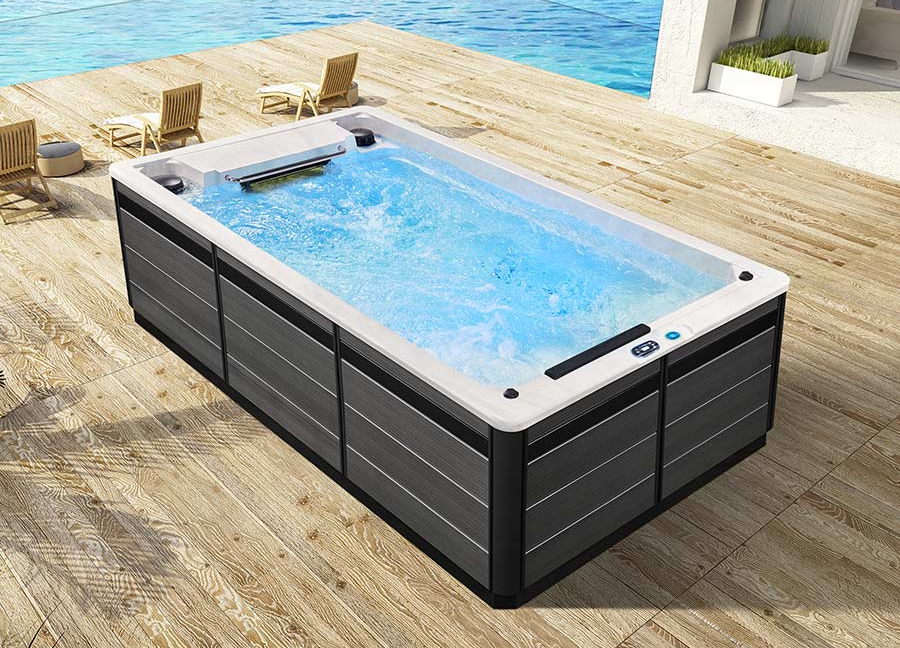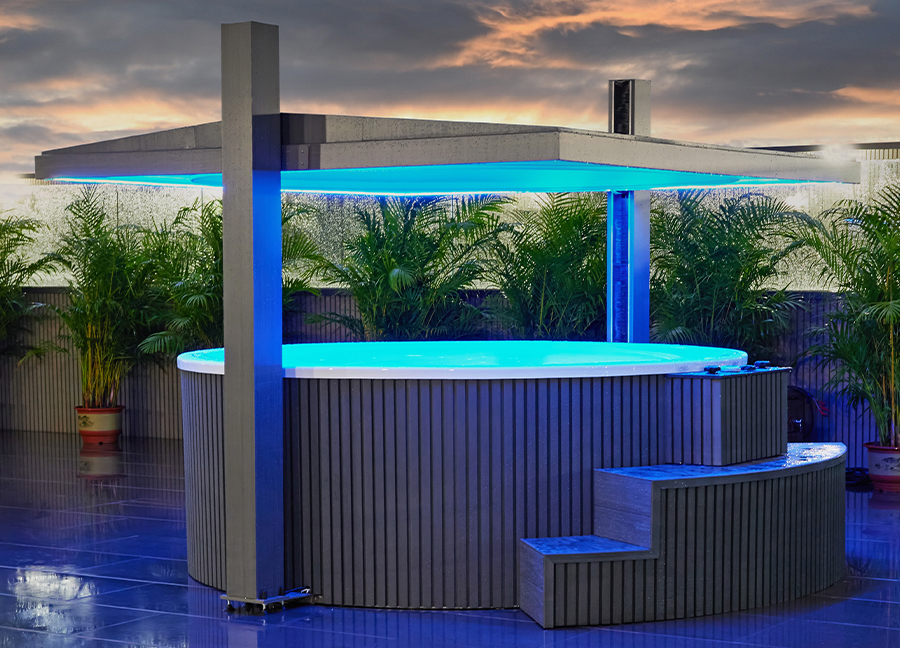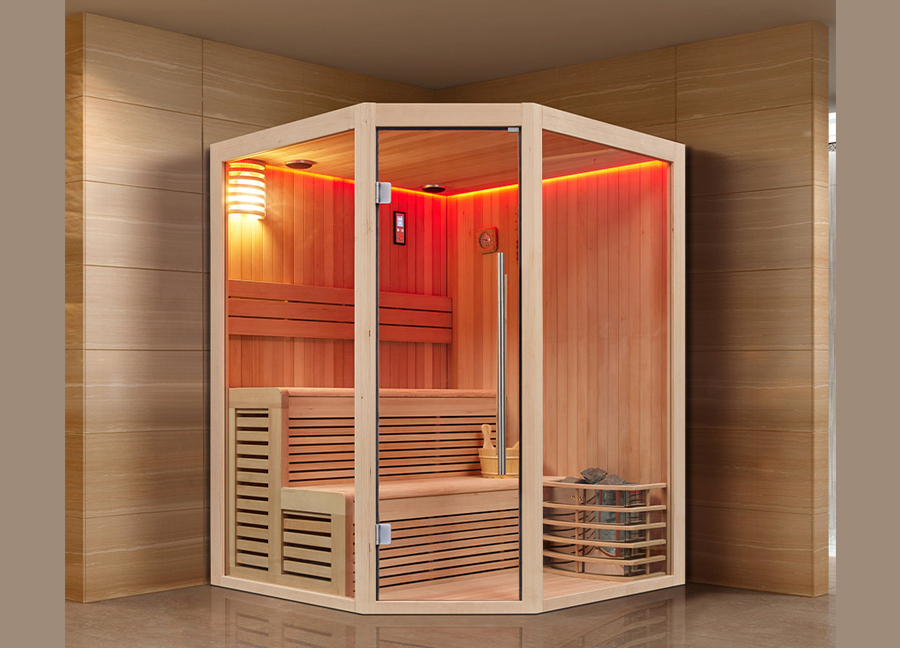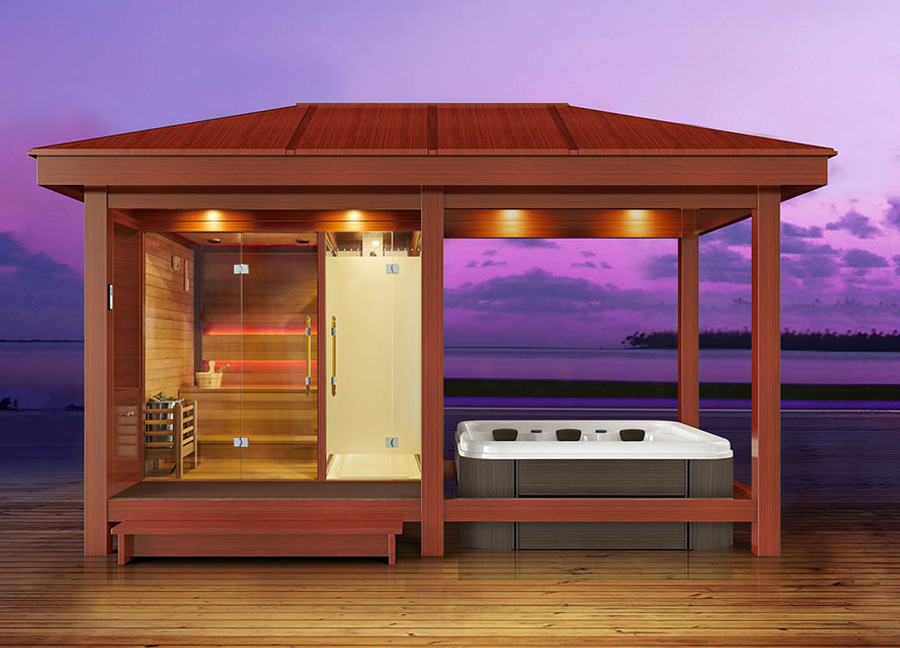"Spa massage bathtub" has attracted the attention of all kinds of families for its multiple spa functions such as warm water impact, bubble massage, water flow regulation, etc. It is known as an ideal choice for relieving stress, promoting blood circulation, and relieving muscle fatigue.
However, spa massage bathtub is not suitable for everyone. There are great differences in the physiological characteristics, health conditions, and physical tolerance of different groups of people. Improper use may even bring negative effects. Therefore, it is particularly important to understand "who is suitable for using spa massage bathtub and who is not suitable".
This article will discuss in detail the working principle, use benefits, applicable population, unsuitable population, and precautions of spa massage bathtub to help readers establish professional and scientific usage concepts.
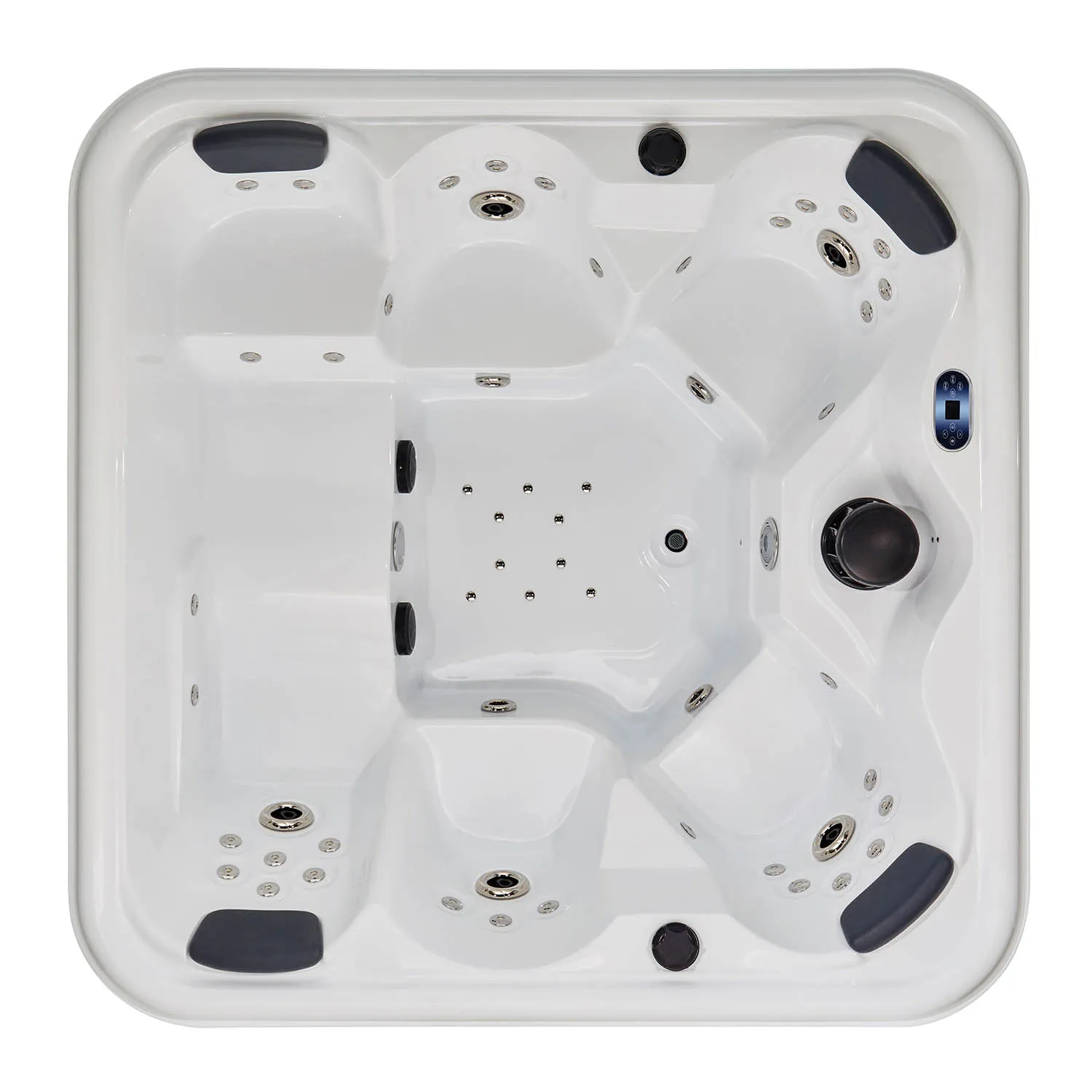
Principles and functions of spa massage bathtub
1. What is spa massage bathtub?
"Spa massage bathtub" is a bathtub equipment that combines hydrotherapy principles and massage technology. It uses controllable water flow, bubble jet, and temperature regulation system to provide users with a whole-body or local warm hydrotherapy massage experience.
2. Main components
·Nozzle system: usually distributed inside the bathtub, spraying high-pressure water column or bubble flow;
·Water pump and air pump: used to pressurize, forming strong impact water flow or bubbles;
·Heating device: maintain constant water temperature (generally 36℃ to 40℃);
·Control panel: adjust water flow intensity, mode, temperature and running time;
·Filtration and purification system: keep water clean and prevent bacteria from growing.
3. Main physiological effects of hydrotherapy massage
·Muscle relaxation: stimulate the neuromuscular system through water flow impact and relieve tension;
·Improved blood circulation: warm water flow promotes blood vessel expansion and accelerates circulation;
·Lymphatic detoxification: massage promotes tissue fluid flow and helps waste metabolism;
·Relieve joint pressure: buoyancy in water reduces body weight and relieves joint burden;
·Physical and mental relaxation: helps relieve anxiety, fatigue and mild insomnia.
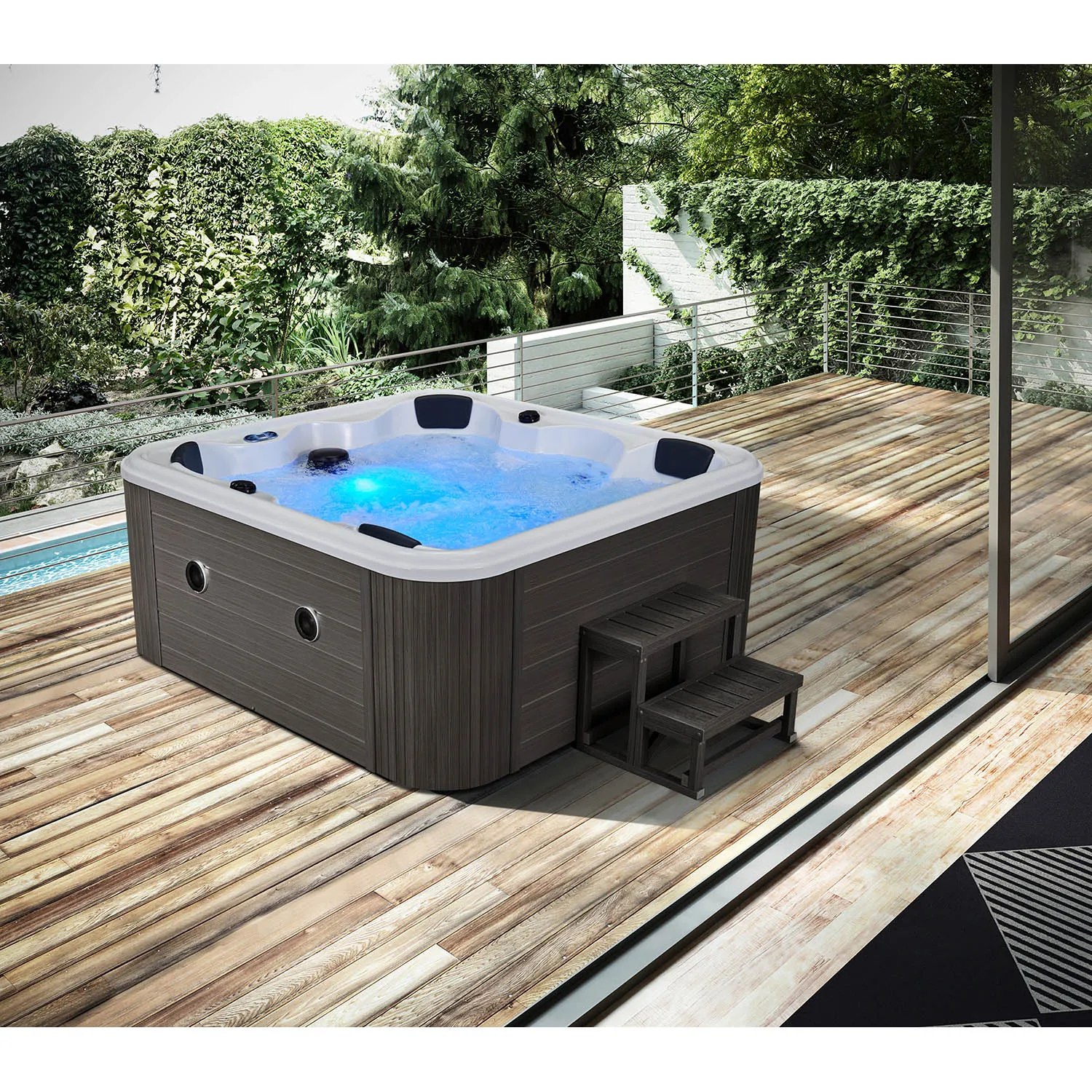
Who are suitable for using spa massage bathtub?
Not everyone can benefit from hydrotherapy massage, but there are several groups of people who can usually significantly improve their quality of life and physical comfort under professional advice and scientific use.
People who are suitable for using spa massage bathtub include:
1. Office workers who are in sub-health status for a long time
2. Middle-aged and elderly people
3. People who recover after exercise
4. People with mild sleep disorders or nervous tension
5. People with mild circulatory disorders (under the guidance of a doctor)
1. Office workers who are in sub-health status for a long time
Modern urban people face high-pressure work, long-term sitting in the office, disordered work and rest, and lack of exercise. They often suffer from problems such as waist and neck pain, poor blood circulation, and mental fatigue. The spa massage bathtub uses water flow and heat to help them:
·Relieve muscle tension caused by long-term sitting;
·Promote blood return to the lower limbs and prevent varicose veins;
·Relax the nervous system, reduce anxiety and headaches;
·Improve sleep quality and improve insomnia and dreaminess.
2. Middle-aged and elderly people
With age, the functions of the human body gradually decline, especially the bones, joints and circulatory system are more prone to degenerative problems. The spa massage bathtub can provide the following benefits for middle-aged and elderly people:
·Relieve joint pain, such as mild rheumatism and rheumatoid arthritis;
·Relieve spinal pressure and relieve discomfort caused by lumbar disc herniation;
·Promote metabolism and improve the body's ability to regulate temperature;
·Relax nerves and help relieve anxiety and chronic fatigue syndrome.
Note: Middle-aged and elderly people should ensure that blood pressure and heart function are within a controllable range before use, and control the use time and water temperature.
3. People who recover after exercise
After physical exercise, muscles are often in a state of tension or soreness. Proper use of spa massage bathtub can help:
·Relieve lactic acid accumulation and relieve muscle soreness;
·Speed up tissue repair and shorten recovery time;
·Reduce the risk of injury and improve flexibility and flexibility;
·Relax muscles and relieve tension through hot water.
4. People with mild sleep disorders or nervousness
The hydrotherapy environment can activate the parasympathetic nerves through temperature, buoyancy and water flow, and achieve a deep state of relaxation, which helps to:
·Relieve difficulty falling asleep due to psychological pressure;
·Improve sleep continuity and reduce nighttime awakenings;
·Relax nerves and stabilize mood swings.
5. People with mild circulatory disorders (under the guidance of a doctor)
For people with mild peripheral circulatory problems (such as cold hands and feet), low blood pressure, and poor vasoconstriction, hydrotherapy massage can help:
·Dilate blood vessels and enhance blood permeability;
·Improve microcirculation and reduce numbness in the limbs;
·Improve overall blood flow efficiency.
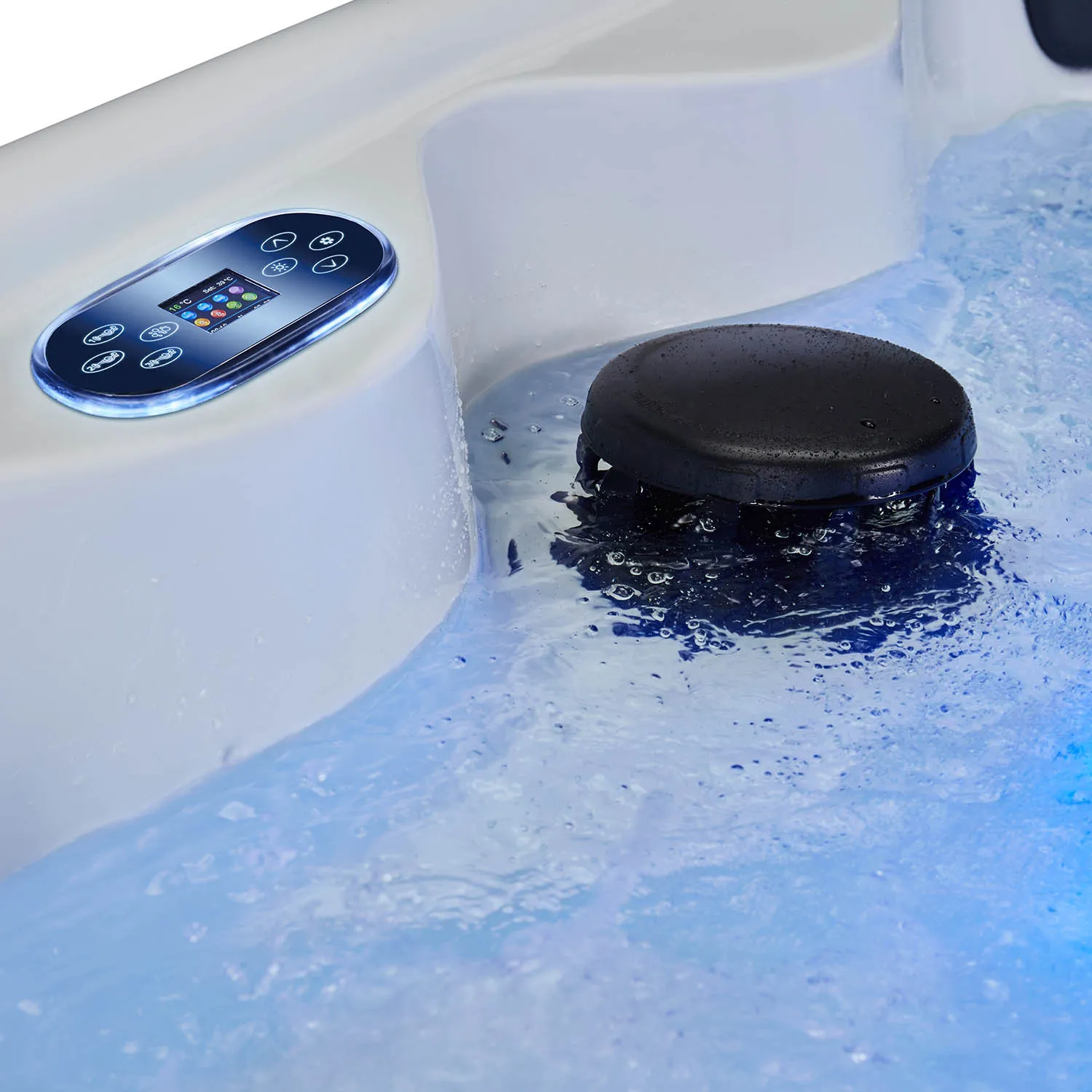
Who are not suitable for using a spa massage bathtub?
Although the spa massage bathtub brings many benefits, the following people should avoid using it before consulting a doctor to prevent adverse reactions or potential health risks.
People who are not suitable for using spa massage bathtubs include:
1. Patients with severe cardiovascular diseases
2. Patients with acute inflammation or infection
3. People in early pregnancy or high-risk pregnancy
4. Patients with malignant tumors
5. Patients with diabetic foot and open wounds
6. Patients with epilepsy, history of syncope, and severe mental illness
1. Patients with severe cardiovascular diseases
For people with the following diseases, spa massage bathtubs are more risky:
·Coronary heart disease, heart failure, high arrhythmia;
·Severe hypertension (uncontrolled);
·History of myocardial infarction or cerebrovascular accident.
During hydrotherapy, heart rate fluctuations accelerate, and vasodilation may cause blood pressure instability or increase the burden on the heart.
2. Patients with acute inflammation or infection
If you have acute respiratory infection, viral fever, skin infection, etc., you should avoid using a spa bathtub for the following reasons:
·High temperature environment aggravates fever;
·Hot and humid environment is conducive to the spread of bacteria;
·May induce abnormal heart rate or spread of infection
3. Early pregnancy or high-risk pregnancy
Pregnant women, especially those in the first three months of pregnancy or those with threatened abortion, hypertension, malposition of the fetus, etc., are not suitable for using the spa massage bathtub:
·Hot water may stimulate uterine contractions;
·Water pressure stimulation has the risk of inducing uterine contractions;
·The impact of bubble massage on the abdomen is uncontrollable.
If you need hydrotherapy relaxation in the late pregnancy, be sure to consult an obstetrician and restrict protective postures.
4. Patients with malignant tumors
For tumor patients, especially during chemotherapy, radiotherapy or when the condition is unstable, the spa massage bathtub should be avoided:
·High temperature can promote blood circulation and may affect the spread of lesions;
·Water pressure and temperature changes may increase the burden on the body;
·Long-term bathing may induce abnormal immune reactions.
5. Patients with diabetic foot and open wounds
If diabetic patients are accompanied by skin ulcers, blisters or neuropathy, they should not use the spa massage bathtub:
·Hot water is difficult to accurately perceive and can easily cause burns;
·Bubbles can easily lead to wound infection;
·Bacterial residues in the water can aggravate the spread of inflammation.
6. Patients with epilepsy, history of syncope, and severe mental illness
There are significant safety hazards for such people when using massage equipment in water. For example, sudden attacks may cause:
· Suffocation and drowning;
· Falling due to confusion;
· Errors in the operation of the electronic control system, resulting in secondary risks.
It should be operated under full control and accompanied by a guardian, and should be operated according to the doctor's instructions or avoided.
How to use the spa massage bathtub scientifically?
Regardless of whether it is a suitable population, the following standard principles should be followed when using the spa massage bathtub to ensure safety, comfort and maximum effect.
1. Control the use time
· Each use time should be controlled within 15~30 minutes;
· It is recommended to control it within 15 minutes under high temperature conditions (>40℃);
· At least 30 minutes of rest is required for repeated use.
2. Pay attention to water temperature adjustment
·The most suitable water temperature is 36℃ to 39℃, avoid exceeding 41℃;
·People with high blood pressure, the elderly or children should start with low temperature;
·Too high water temperature can cause adverse reactions such as hypotension and collapse.
3. Keep indoor ventilation
A hot and humid environment can easily cause hypoxia. It is recommended to keep good ventilation when using the bathtub to avoid dizziness and difficulty breathing.
4. Replenish water in time after use
If you sweat a lot and your body temperature rises, you should replenish warm water or electrolyte water after use to prevent dehydration.
5. Avoid using it on an empty stomach or immediately after a meal
Using a spa bathtub on an empty stomach or after a meal can easily cause hypoglycemia or uneven gastrointestinal blood flow, so it should be done 1 hour after a meal.
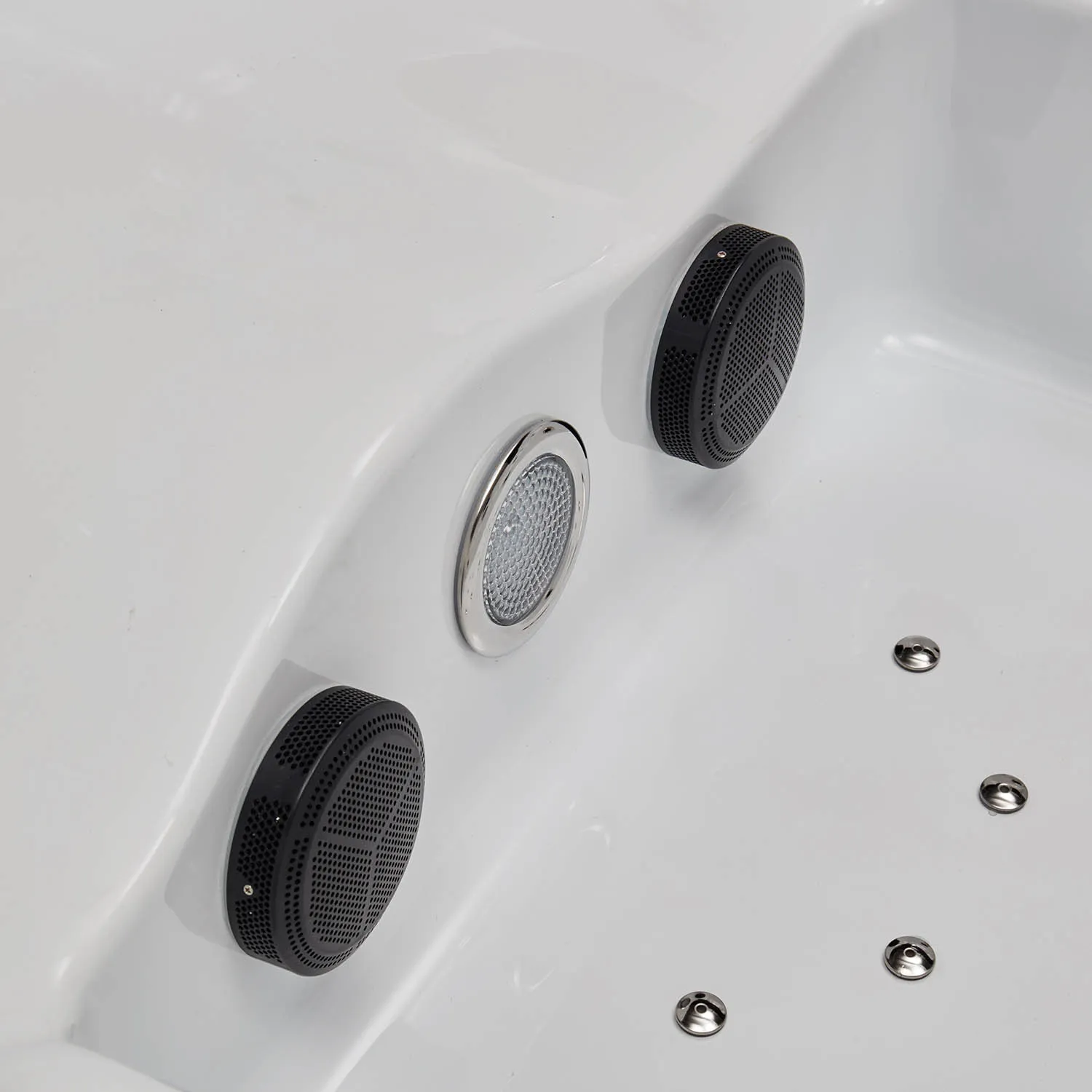
Is it suitable to use a spa massage bathtub? ——Depends on individual physical condition
As a family health care equipment that integrates relaxation, rehabilitation, and physical therapy, the "spa massage bathtub" has significant use value, but it is not suitable for everyone.
Suitable for people such as sub-healthy office workers, people recovering after exercise, middle-aged and elderly people, people with sleep disorders, etc., who can get substantial benefits from it; unsuitable people such as patients with cardiovascular diseases, pregnant women, epilepsy patients, individuals in the infection period, etc., may face safety risks.
Therefore, before considering using spa massage bathtub, be sure to understand your physical condition, listen to the doctor's advice, and operate scientifically and standardizedly, so as to truly turn it into a powerful tool to promote health and improve the quality of life, rather than a source of hidden dangers.
What Certifications Ensure the Safety and Quality of Your Products?
MEXDA products have passed rigorous inspection by China’s General Administration of Quality Supervision, confirming compliance with national standards. Internationally, we hold CE certification for EU markets, SAA certification for Australia, and ETL certification for North America. Our operations adhere to ISO 9001:2015 quality management system, and we are recognized as a High & Tech Enterprise in Guangdong province.
With over 60 patents for innovative designs, we continuously improve our production technology—from fiberglass molding to PU foaming.

